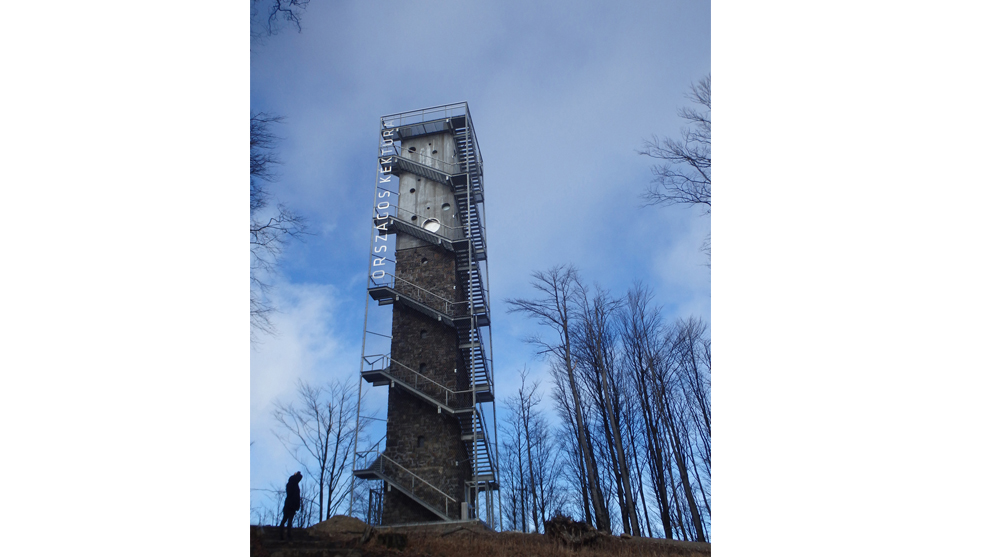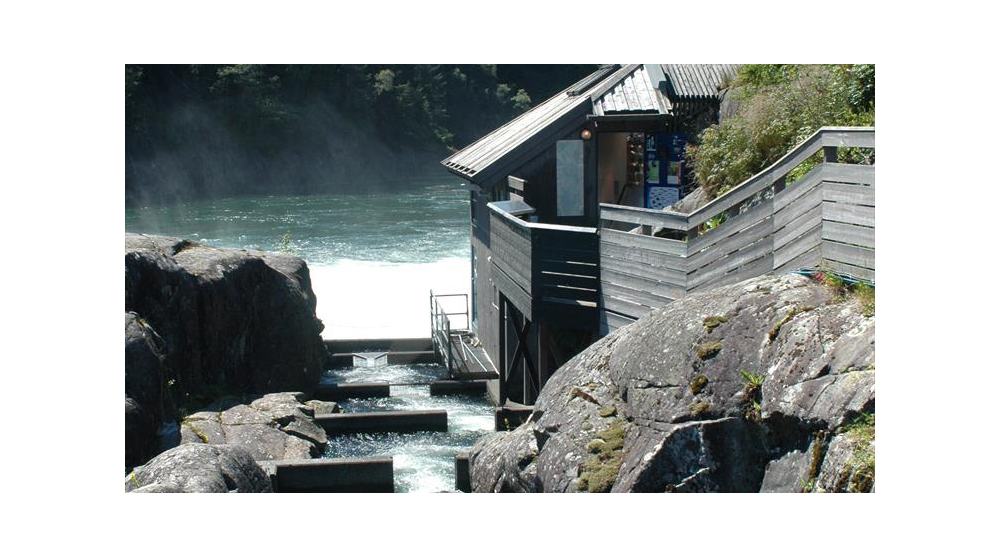Hiking rest stops are a chance for the visitors of natural parks and rambling pathways, to rest, reenergise and sometimes even spend the night. Many of the world’s most beautiful natural environments rely on the income produced by nature tourism, and so providing guests with unique and distinctive rest stops can add to their experience, many of which become tourist attractions in their own right.
Cube-Shaped Flotane is a Solar-Powered Rest Stop For Hikers in Norway
Designed by Lars Berge of LJB, this cube-like Flotane rest stop is situated on the Aurlandsfjellet plateau, along a popular tourist route in Norway. It is oriented to maximise its exposure to the sun, and is completely powered by solar panels. Located in the midst of a harsh and dramatic landscape, the rest stop is at an altitude of 1,200 metres, and the toilets are covered by snow for roughly 8 months of the year. However, during the summer, tourists frequent the road and use the rest stop for its facilities as well as a popular starting point for hikes in the area.

The cube has an obvious tilted design that allows it to gain the most from the sun, and at the same time provide shelter from the wind. The exterior is constructed of a durable concrete shell with an inner wooden core which houses a technical area as well as two toilets designed to blend in with the environment, taking care not to obstruct the views or ruin the landscape.
Nartarchitects Lookout Tower, Hungary

Image credit: Aron Vass-Eysen
This unusual rest stop is a project that was completed by Nartarchitects in Hungary. This lookout tower is one of the tallest observation towers in the country, and is located on a mountain range that is connected to a frequently-populated hiking route. The Lookout Tower at Galyatető offers three unique shelters for hikers to rest in overnight. Not ideally suited to those searching for luxury accommodation.
Originally constructed from local stone and rising to a height of 17 metres (55 feet), the Lookout Tower at Galyatető was more recently updated to extend higher above the trees that had grown to surpass the vantage point in height. The extended tower is now 30 metres (98 feet) and offers unimpaired 360-degree views from its roof, and the architects also added a reinforced concrete section that contains three hiking shelters. Visitors can reach these shelters via a mesh-enclosed steel staircase that also leads all the way up to the roof, with each room being accessible through a circular hatch and measures 3.5m x 3.5m. Just enough room to sleep up to six people.

Toilets and running water are available only in a nearby tourist centre, and the shelter’s amenities are limited to some wooden pallets to place sleeping bags on, a few coat hangers, and porthole windows. Despite their very basic conditions, the shelters have still proven to be very popular with local hikers, even in sub-zero temperatures.
Salmon Studio, Norway
Situated along one of the longest rivers in the Rogaland region of Norway, Salmon Studio is the biggest tourist attraction in the area. Offering visitors the opportunity to rest and enjoy the spectacular surroundings of the Sandsfossen falls, Salmon Studio is located a few minutes walk from Sand village centre. The Salmon Studio takes its name from its position by the old salmon ladder in the falls.

Image credit: Fjord Norway
The lower part of the studio is also situated under water, allowing visitors to observe the impressive migration through two large glass windows when the salmon travel upriver to spawn.
The Amber Road Trekking Cabins
Buildner, in collaboration with the Latvia Nature Conservation Agency, is calling for submissions for the Amber Road Trekking Cabins architecture competition. In it, participants are tasked with creating designs for a series of cabins to be situated along a proposed hiking trail that runs parallel to the white sandy beaches that are often strewn with small pieces of amber that inspired its name. Eventually connecting with other coastal hiking trails to form part of the European Long-Distance Paths Network.
Winning designs will be considered for construction by the Latvia Nature Conservation Agency as a way to help boost Latvia's trekking tourism. As such they need to be in keeping with the country’s traditions and culture, while at the same time with the potential to become iconic landmarks in their own right.
Top 3 Reasons Why You Should Enter Architecture Competitions
Curious about the value of architecture competitions? Discover the transformative power they can have on your career - from igniting creativity and turning designs into reality, to gaining international recognition.
Learn more



























